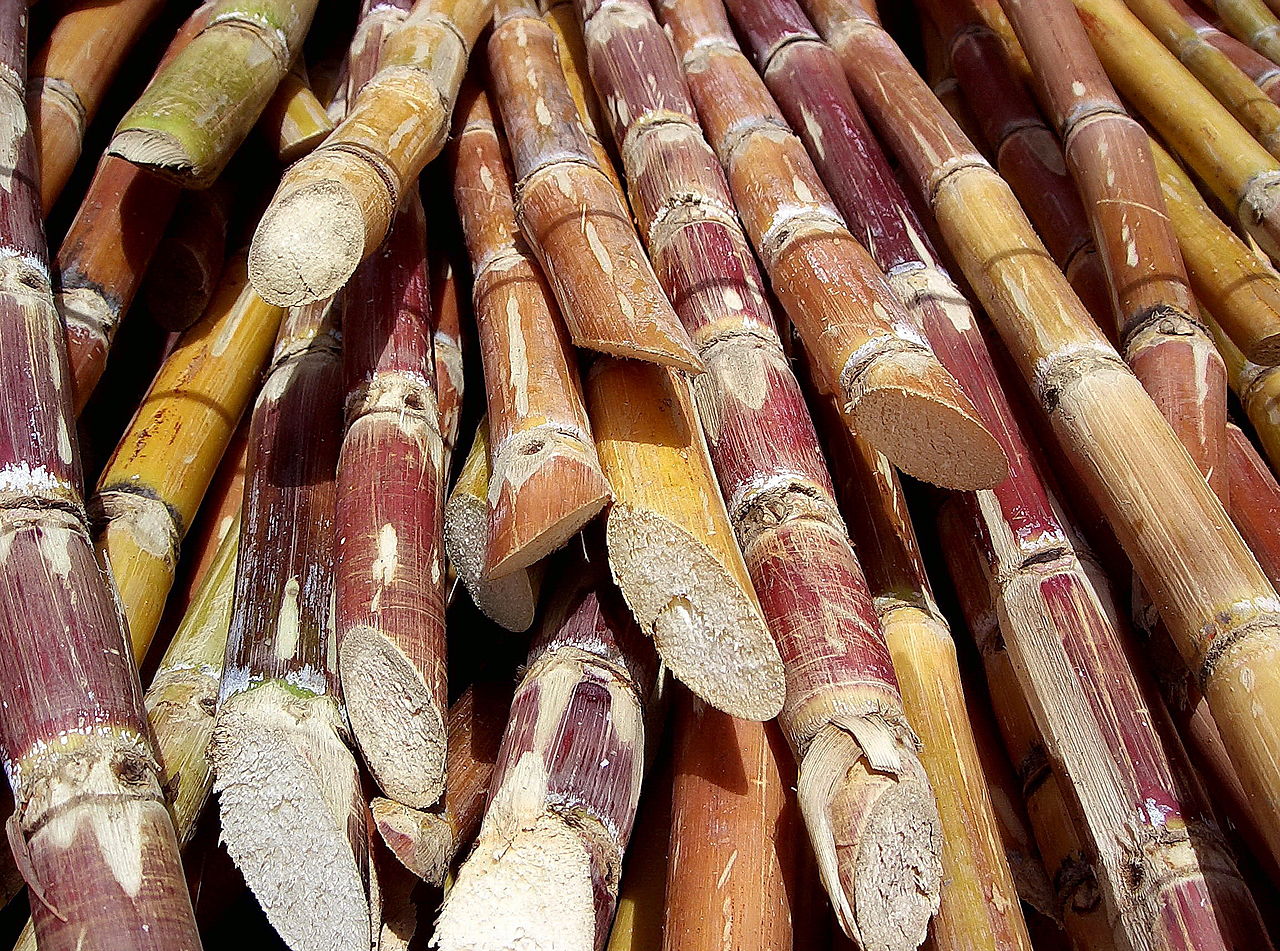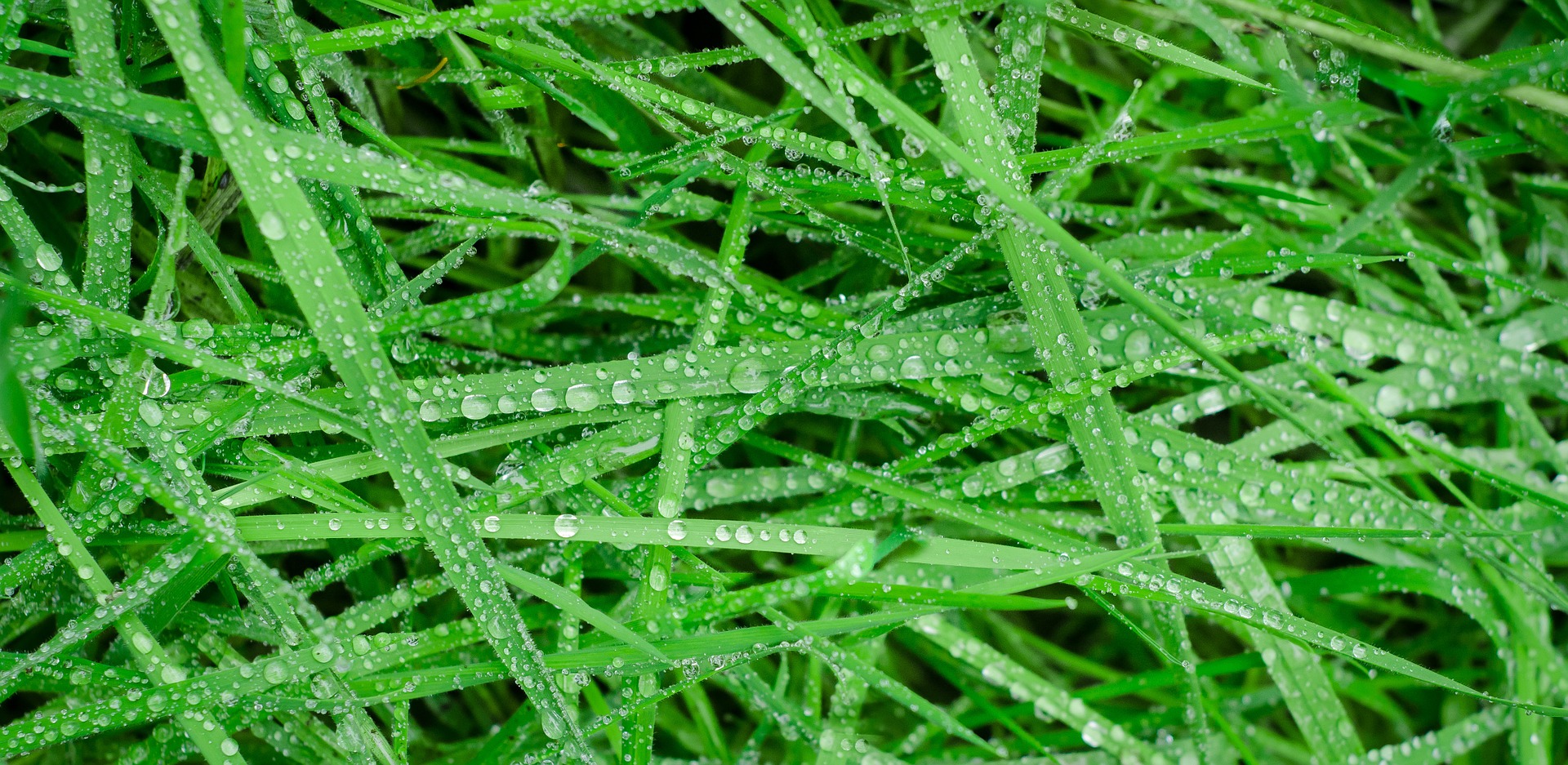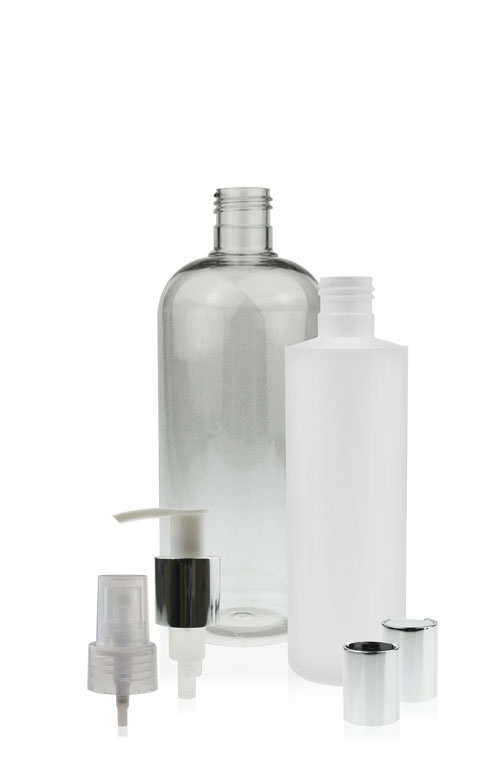Packaging Education, Plastic Packaging
Sustainable Plastic Packaging Solutions
Sustainable plastic packaging solutions can help change the way we look at plastic waste. Although efforts are put in place to help recycle plastic. We are entering an age where technology can help produce biodegradable alternatives. At the moment we rely on HDPE, PET, PVC and numerous other plastic types to help produce products that work.
Bioplastics
Bioplastics are plastics derived from renewable biomass sources, such as vegetable fats and oils, corn starch, or microbiota. Bioplastic can be made from agricultural by-products and also from used plastic bottles and other containers using microorganisms. Common plastics, such as fossil-fuel plastics (also called petrol based polymers), are derived from petroleum or natural gas. Production of such plastics requires more fossil fuels and produces more greenhouse gases than the production of biobased polymers (bioplastics). Some, but not all, bioplastics are designed to biodegrade. Biodegradable bioplastics can break down in either anaerobic or aerobic environments, depending on how they are manufactured. Bioplastics can be composed of starches, cellulose, biopolymers, and a variety of other materials. [Source]
Bioplastics have been too expensive in the past when compared to petroleum-based plastics. However, the lower temperatures needed to process bioplastics and the more stable supply of biomass combined with the increasing cost of crude oil make bioplastics’ cost factors more competitive with regular plastics.
Sugar Cane
Sugarcane ethanol has emerged as an important ingredient to substitute petroleum in the production of plastic. These new bioplastics have the same physical and chemical properties as regular plastic. Sugarcane polyethylene is now replacing up to 35% of the petroleum that would be used in the manufacturing process of plastic products. This has another great benefit of lowering the carbon footprint on the development of new products. This new plastic can be used in auto parts, cosmetic packaging, toys, credit cards, cutlery, agricultural parts and more.

Global leaders are still searching for clean, renewable options to provide energy and reduce petroleum use. Sugarcane has emerged as an important alternative for meeting those needs with its demonstrated ability to reduce greenhouse gas emissions, diversify energy supplies and spur economic development. Government policies will play a major role in determining whether sugarcane realizes its full potential.
Benefit Overview
- Land Use – Preserving biodiversity and protecting precious resources
- Labor Conditions – Creating a safe and responsible work environment
- Food and Energy – Providing both food and fuel from agriculture
- Best Practices – Most suitable techniques for sustainable cultivation and processing
- Sustainability Certification & Reporting – Learn about BONSUCRO and access our full sustainability report
- Reduce greenhouse gas emissions
- Diversify energy supplies and spur economic development.
Grass Based Polymers
Companies around the world have also developed a technique for using grass to make a new range of zero environmental impact products, including a bio-plastic. Bio-plastic is claimed to be 25% lighter than competing materials.

A German company named Biowert is now working with JSP and another manufacturer of sustainable materials, to develop its products. This will reduce the need for petroleum-based polymers by up to 75%. AgriPlastBW also enables weight reduction compared to other composite plastics, creating demonstrable energy savings in product logistics. Improved dimensional stability, stiffness and abrasion resistance helping deliver prolonged product lifetimes reducing consumption and waste.
Other companies have also developed manufacturing processes using the same technique. Grass-based polymers are slowly on the increase and they will become a great alternative for future products.
Environemtally Responsive Plastics
Berlin Packaging UK offers a range of environmentally-responsive materials to meet the increased demand for plastic products.
These include:
- • PCR (Post Consumer Regrind)
- • PIR (Post Industrial Regrind)
- • Biodegradable Products
- • PLA (Polylactic Acid)




